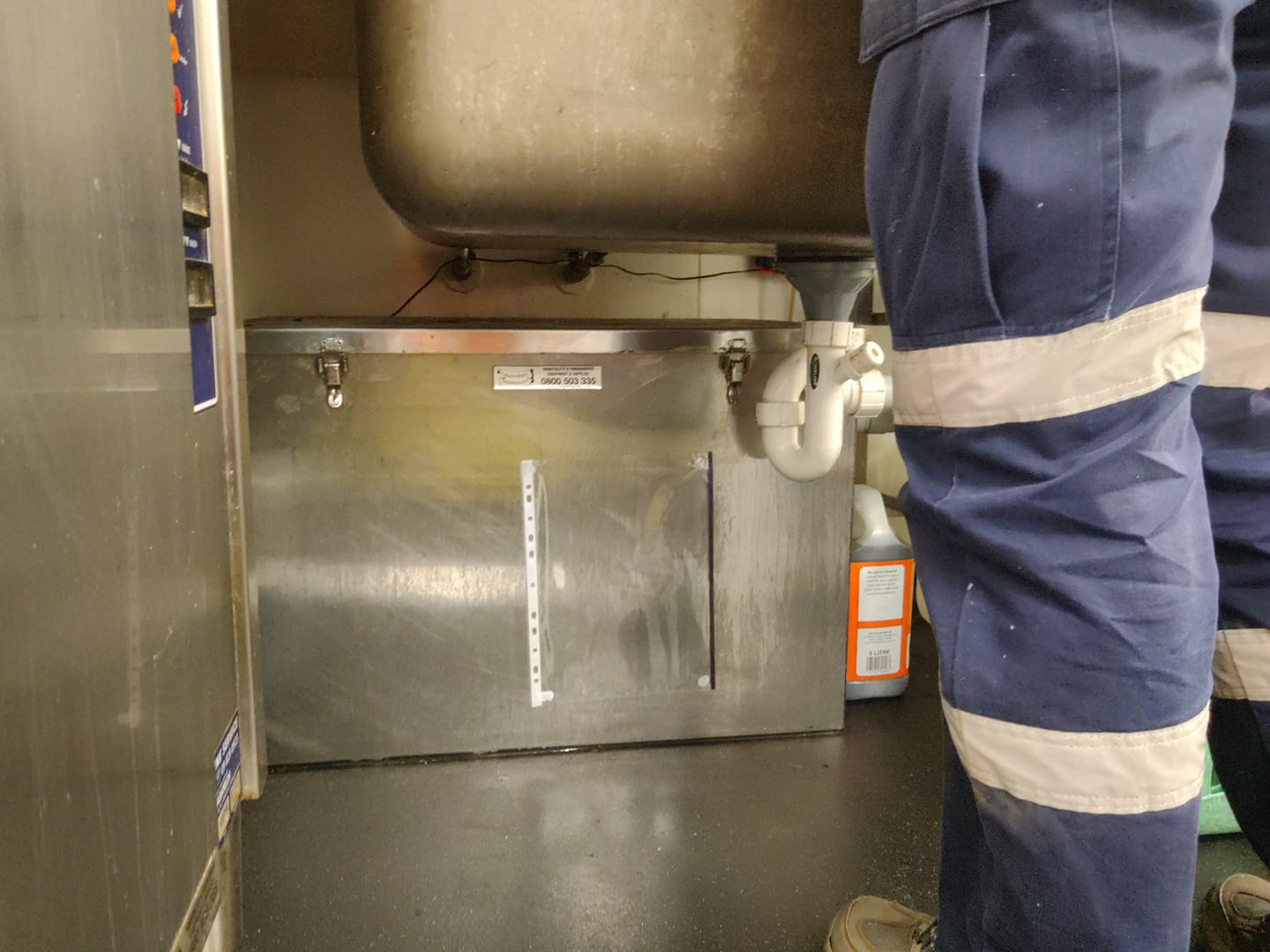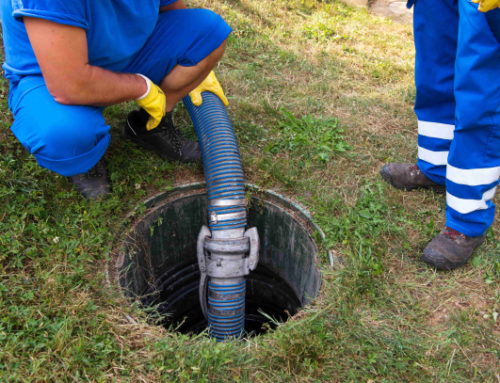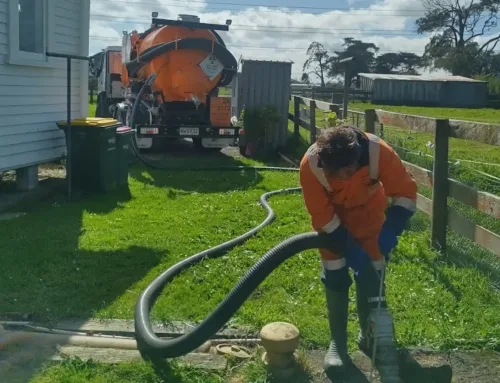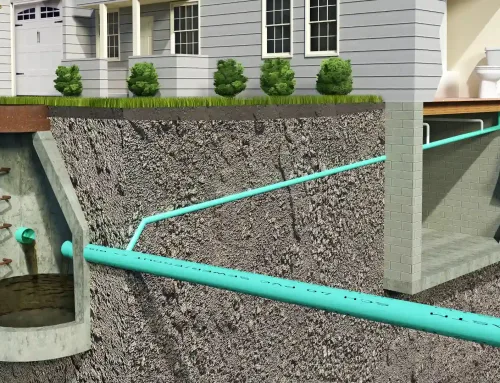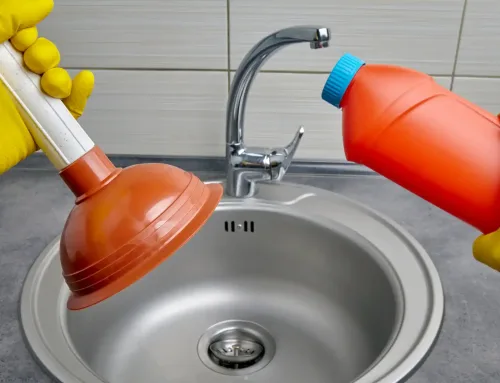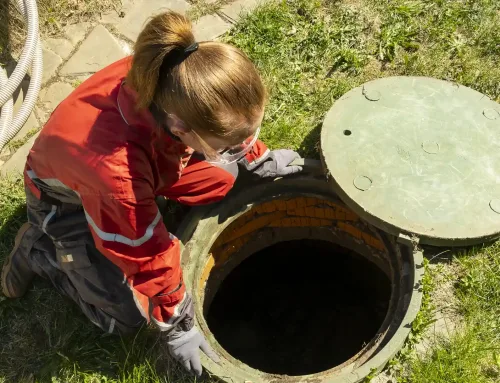Grease Trap cleaning
When using a commercial kitchen, the disposal of fats, oils and grease is something that needs to be considered carefully. To prevent expensive sewage back-ups, you will need to know how to look after your grease trap. Have grease trap cleaning scheduled, correctly installed and properly maintained. Here are a few tips on how to make the most of your grease trap, keep it operating at optimum levels and servicing your kitchen or processing facility the way it is designed to.
Why are grease traps important?
Grease can pose a major issue to sewer lines when they cool because they solidify and cause food debris to become stuck. If grease, oil and fats are allowed to build into a solid mass, it can lead to sewage back-up and drain blockages. This can be extremely costly. That is why installing a grease trap becomes a priority in controlling the build-up of fats preventing them from entering the sewer line. However, in order for a grease trap to perform effectively, it will need to be used and maintained properly.
Frequent inspections
When you have your grease trap installed, ensure that it is put in by a trained professional with experience. Secondly, have routine check-ups and talk to the maintenance company about how to watch out for defects. They can tell you what to what common issues usually arise and describe what might indicate a major problem with your grease trap. If you notice something unusual make sure you call on your repair company immediately. There are easy ways to ensure your grease trap works effectively. Schedule in grease trap cleaning and maintenance checks. Complete cleaning is an essential component of good grease trap maintenance. We recommend to have your grease trap cleaning performed 4 times annually. This of course this depends on the amount of cooking and waste that your company produces.
What is involved in grease trap cleaning?
Grease trap cleaning involves a complete pump out of the fats, oils and grease that builds up inside the trap. During this process, the components will be cleaned as well as inspecting the trap for signs of damage. Cleaning your grease-trap is important when it comes to the long-term health and performance of your commercial grease trap.
Use your grease trap properly
It is sage advice to make sure your staff understand how to properly use your grease trap. This is done by diverting food waste away from the drain to prevent blockages. Ensure also that your staff know never to pour waste cooking oil into the trap. By following simple protocol on usage, you can reduce the frequency with which you need to pump and clean your grease trap.
With routine inspections, knowledge on usage and what to look out for in case of faults, you are well on the road to having a long, functional grease trap that will work well for your business.
